Understanding 415V Circuit Breakers
A 415V circuit breaker is an essential component in electrical systems, designed to provide safety and prevent damage by automatically interrupting current flow in abnormal conditions. These devices are crucial in managing and protecting the integrity of electrical circuits in a variety of settings.
Types and Applications
The range of 415V circuit breakers encompasses several types, each suited to specific applications. Molded case circuit breakers (MCCBs) and miniature circuit breakers (MCBs) are commonly used in both residential and commercial environments for their compact size and reliable protection. Air circuit breakers (ACBs), on the other hand, are typically employed in industrial settings for handling higher power requirements.
Features and Specifications
415V circuit breakers come with various features, including different trip characteristics such as type C, B, and D, to match the needs of the circuit they protect. The interrupting capacity of these breakers is a critical specification, ensuring they can handle the maximum possible fault current without damage.
Materials and Construction
The construction of a 415V circuit breaker involves robust materials that can withstand electrical stresses and thermal effects. The choice of materials also influences the breaker's longevity and reliability, with many options designed to offer durability in challenging environments.
Advantages of Using 415V Circuit Breakers
Utilizing a 415V circuit breaker in an electrical system brings several advantages, including enhanced safety through the prevention of electrical fires and equipment damage. These breakers are designed to be reset after tripping, allowing for continued operation without the need for immediate replacement.
Selection Considerations
When selecting a 415V circuit breaker, it is important to consider the electrical load, the nature of the application, and environmental factors. The color coding of breakers, such as white, black, and red, can also be a consideration for system design and maintenance practices.
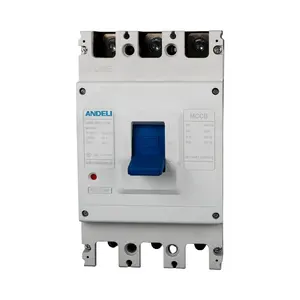


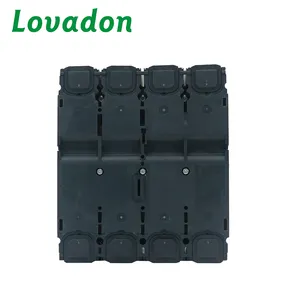





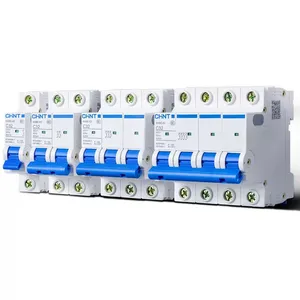

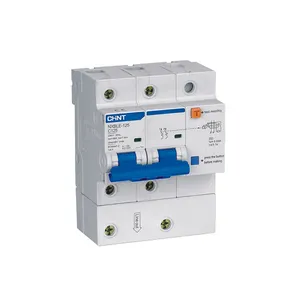
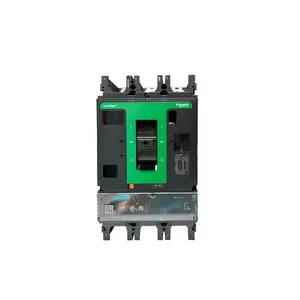

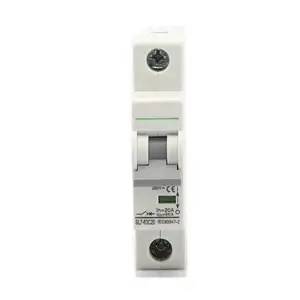






























 浙公网安备 33010002000092号
浙公网安备 33010002000092号 浙B2-20120091-4
浙B2-20120091-4